 Spin to Knit: The Knitter's Guide to Making Yarn on Oct. 1, 2006
Spin to Knit: The Knitter's Guide to Making Yarn on Oct. 1, 2006 Pages: 128
Purchase: Amazon
Add to Goodreads

Knitters who want new worlds to conquer can reach for this guide to handspinning their own designer yarns. A rundown on equipment introduces the drop spindle, supported spindle, niddy-noddy, McMorran balance, and yarn meter, while the following sections include choosing wool and other fibers, presenting knitting patterns suitable for handspun yarn, and in-depth profiles of real urban spinners. For crafters who want to experiment with spinning but don't want to sacrifice too much of their knitting time, there are lots of ideas for jazzing up a thrift-store cardigan with handspun trim or knitting a boatneck pullover in a combination of commercial and handspun yarns. Methods for incorporating beads and threads into yarn and a technique for dyeing yarn in the dishwasher are also featured.
Review
Spin to Knit: The Knitter’s Guide to Making Yarn is a semi-useful introductory book, but rather light on spinning technique (particularly for wheel spinning). For instance, the author doesn’t even mention the difference between spinning woolen and spinning worsted. The sections on preparing fiber for spinning are pretty good, though. However, I would seek out a more detailed book to learn and master the various techniques of spinning (or check out some of the very informative YouTube videos on the subject.)
The book does include some wonderful knitting projects using handspun yarn, which vary in difficulty as well as type and amount of yarn: hats, scarves, wristlets and even sweaters. Most are associated with a short feature about a the spinner or designer.
Bottom line: Definitely aimed at knitters who want to learn to spin (as opposed to weavers), but you’ll need more instruction in spinning than this book provides.
Incidentally, here’s my first handspun yarn, a 2-ply I spun in December, using merino roving on an Ashford Traditional wheel (or possibly an Ashford Elizabeth.) It’s a bit uneven, but I’m calling it “art yarn.” ^winks^ I was lucky to be taught in person (by Robin, who learned from her roommate.) I would certainly never have figured out wheel spinning based on this book! Since I won’t have my own wheel for a while, I’ll be learning to spin on a drop spindle next.
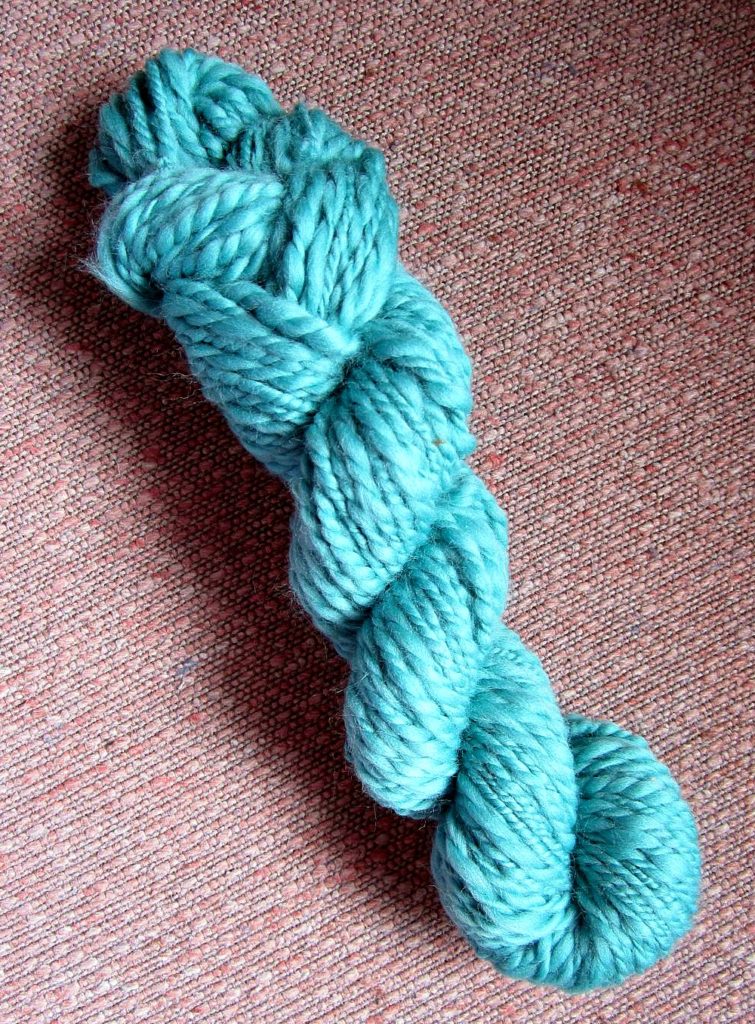
Reading this book contributed to these challenges:
- The Backlist Reader Challenge 2017

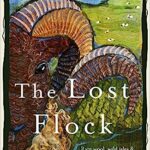
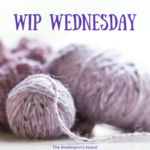



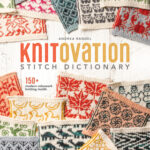
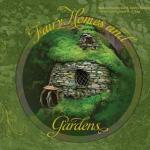







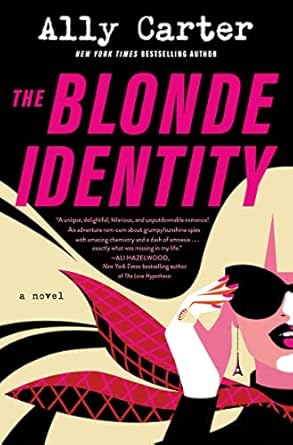
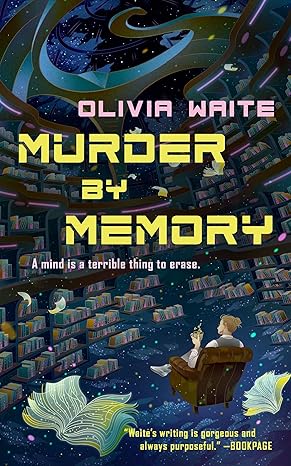
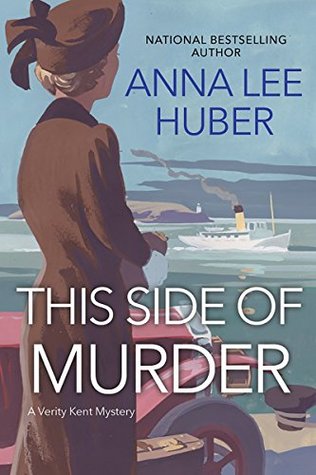
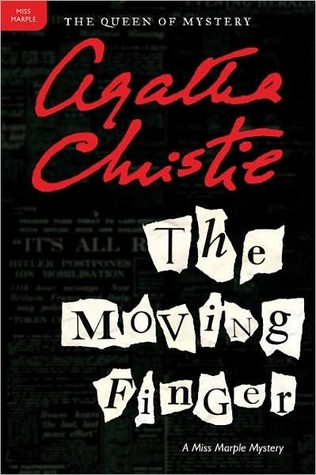
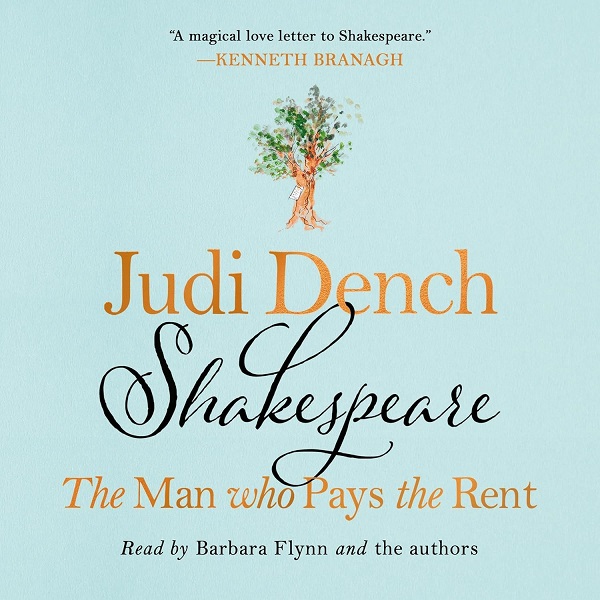
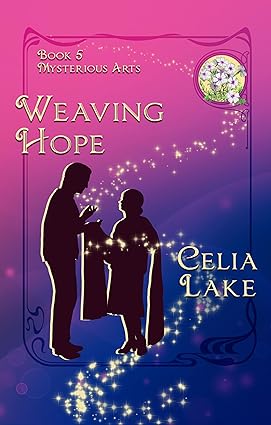
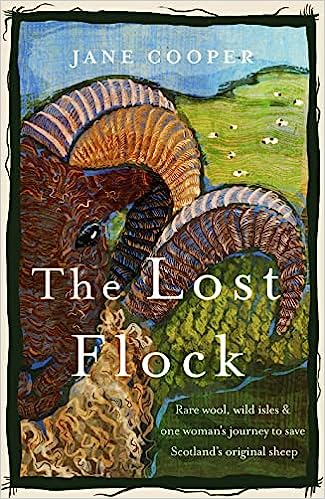
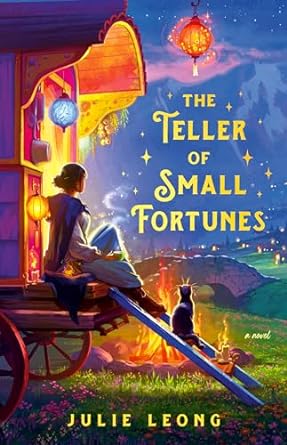
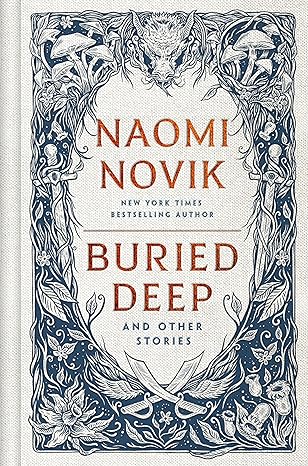
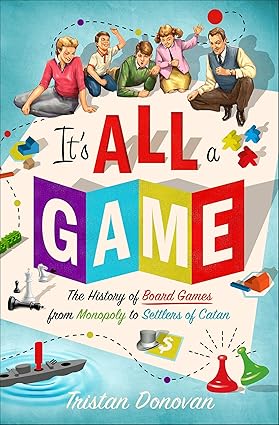
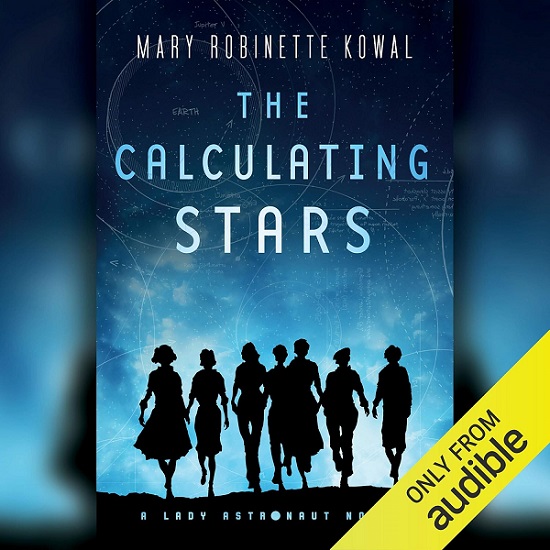
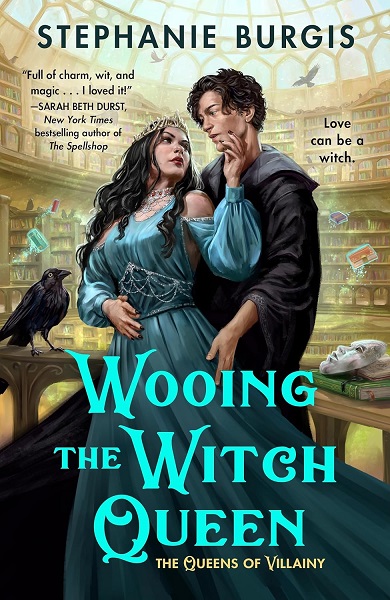
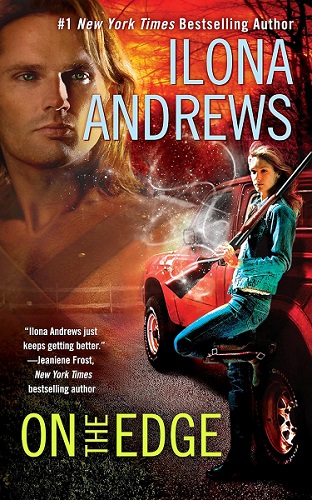
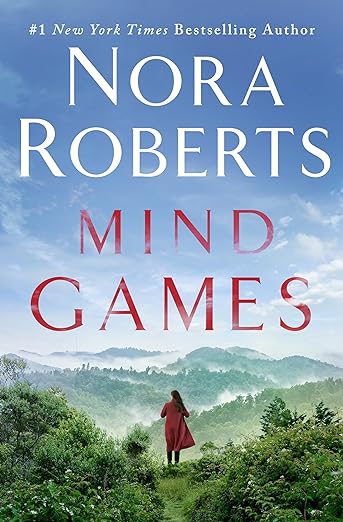
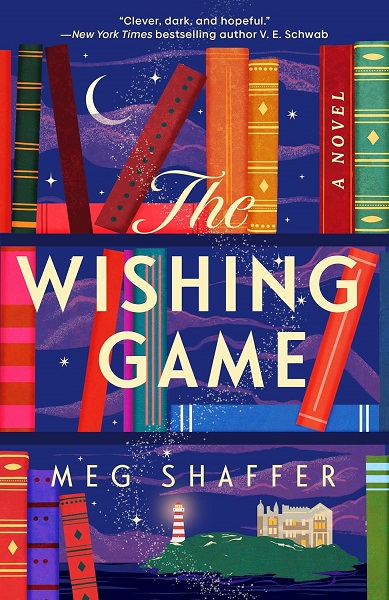
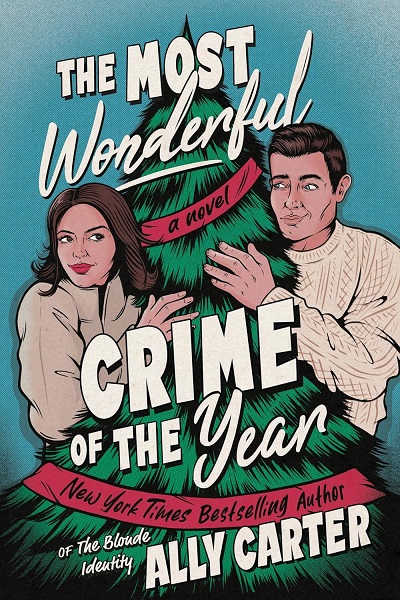
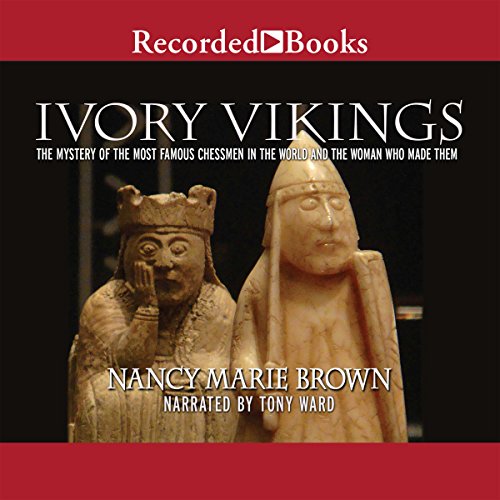
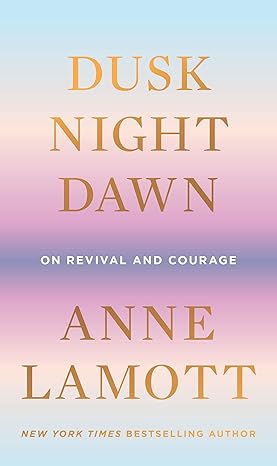
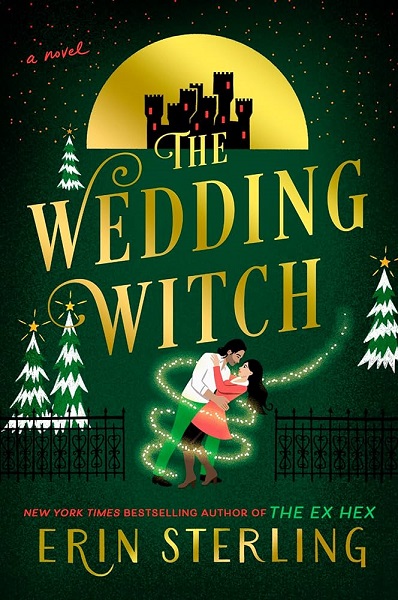

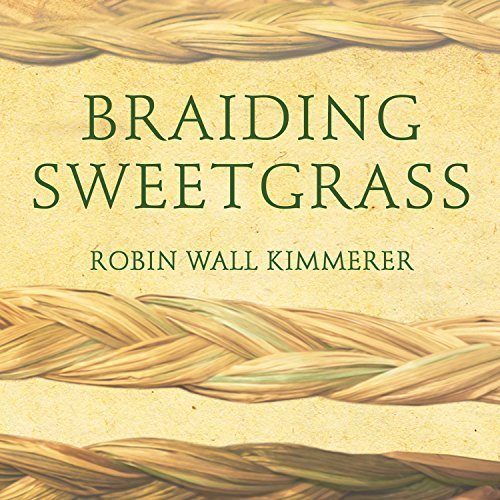
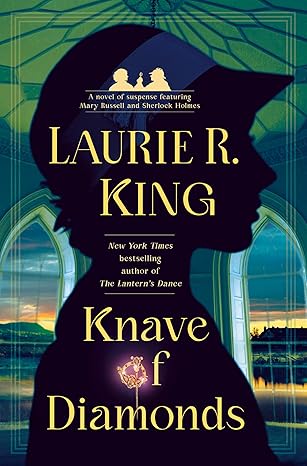
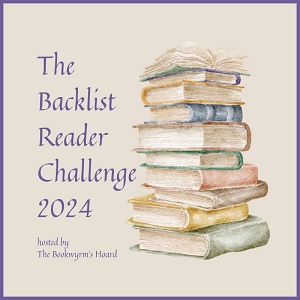


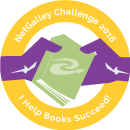
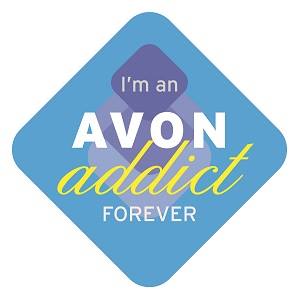

Stephanie
I think your spun yarn looks pretty darn good really. I am toying with the idea of learning knitting – one of my friends is a HUGE knitter (and is currently learning spinning too) – but I’m afraid I’m too clumsy. She sent me home with some yarn, needles and a beginners book to play with. It’s such a useful skill and what a great occupation while listening to audiobooks:).
Stephanie recently posted…REVIEW | Armada by Ernest Cline
Lark_Bookwyrm
I love to knit, though with the blog and work taking up more and more time, I don’t do as much of it as I’d like. Basic knitting is a great occupation while listening to audiobooks, but I can’t manage anything with a complicated pattern (like the Daphne scarf I’m working on currently, which is basically a vines-and-leaves pattern.) Socks, though – socks are great with audiobooks, except when I’m turning the heel. And I’m quite sure you can learn to knit! It just takes time and patience with yourself. There are a lot of good YouTube tutorials for specific techniques or issues (like casting-on techniques, or how to do cables), which helps if you don’t have a mentor available. Have fun, and post what you make!
Berls
Wow, I’d use your spun yarn! I’m still a fairly novice knitter so it’ll be a while before I even consider learning to weave. But still, cool! Something it’d be cool to learn someday. Maybe you’ll be pro by then and I’ll just find a way to come to you to learn 😉
Berls recently posted…Top Ten 2016 Releases I meant to read… #TTT
Lark_Bookwyrm
Thank you, Berls! I’m thinking of making a small neckwarmer or using it in a scarf or something. It’s not quite enough for a hat or anything like that.